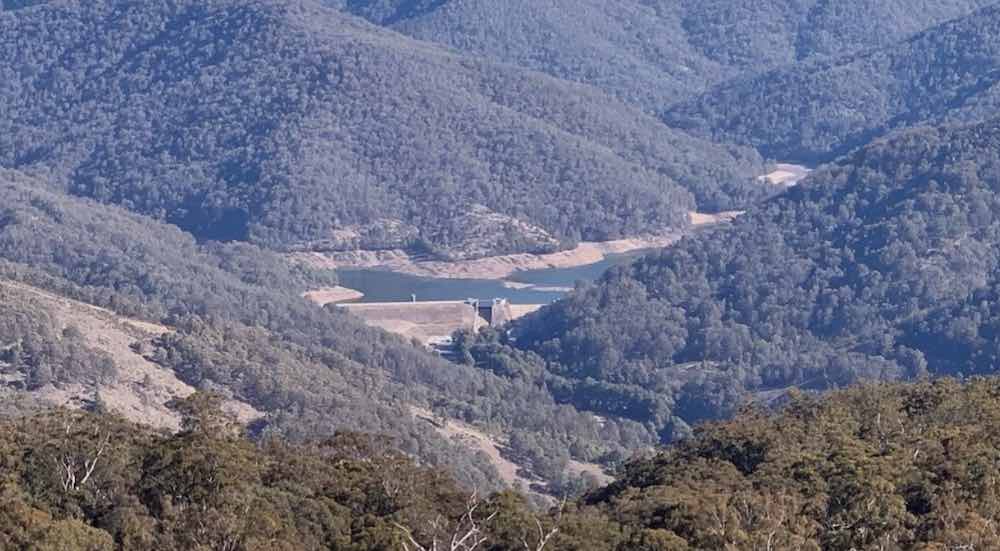French energy giant EDF says it has acquired, and agreed to co-develop, the Dungowan pumped hydro energy storage project in the New England region of New South Wales.
Plans for building a 3000 MWh pumped hydro storage project at the Dungowan Dam have been in the works since 2014 and was officially proposed in 2018 as part of the larger 4GW Walcha Energy Project being developed by Australian renewable energy developers Energy Estate and MirusWind.
Since then, plans and involved parties for both the Dungowan Dam, the pumped hydro storage project, and even the Walcha Energy Project have all undergone significant shifts.
A proposed expansion of the Dungowan Dam was shelved in mid-2023 when the Federal government decided to withdraw funding in a move the NSW government said will save the state’s taxpayers $632 million.
Last week it was announced that Origin Energy had bought the Ruby Hills wind project and the Salisbury solar project from the Walcha project owners, although there was no clarity at the time about the fate of the Dungowan pumped hydro project.
EDF says that the Dungoawanproject will have a capacity of 300MW for up to 10 hours of energy storage and will be located downstream of the existing Dungowan Dam.
EDF is best known as the operator of France’s fleet of nuclear power stations, but it is also the world’s leading developer and operator of pumped hydro, which has been used to support and back up nuclear power (yes, even nuclear power requires back up storage).
EDF has 436 hydroelectric power stations and 239 large dams and water intakes and a total of 22GW in pumped hydro capacity and 45TWH of annual generation. The government owned utility has deep pockets, with a balance sheet of $A640 billion, which should help it overcome the financing difficulties for pumped hydro in Australia.
James Katsikas, chief executive officer of EDF Australia, said that the acquisition and joint development of the Dungowan pumped hydro storage project is part of EDF’s larger efforts develop critical clean energy infrastructure in Australia and to work with local communities in doing so.
“We will work with all stakeholders to ensure that the Dungowan PHES becomes a model of sustainable development and a source of real pride for the region,” Katsikas said.
“Our goal is not only to facilitate clean, renewable energy for the region, but also to foster economic growth and create new opportunities for local businesses and residents.”
Simon Currie, the co-founder of Energy Estate, said EDF is the right partner for the Dungowan project. “They understand the complexities of developing large scale pumped hydro projects and we are able to leverage their global resources, capacity and access global supply chains,” he said in a statement.
“We carefully selected the site for the Dungowan PHES so it could support the development of the wind and solar renewable energy resources in the New England region,” said Mark Waring, founder of Mirus Energy.
“It is strategically located between retiring coal capacity to the south and wind and solar capacity to the east, west and north. The project is located so it can connect to new transmission infrastructure being developed by EnergyCo or the existing transmission lines.”










